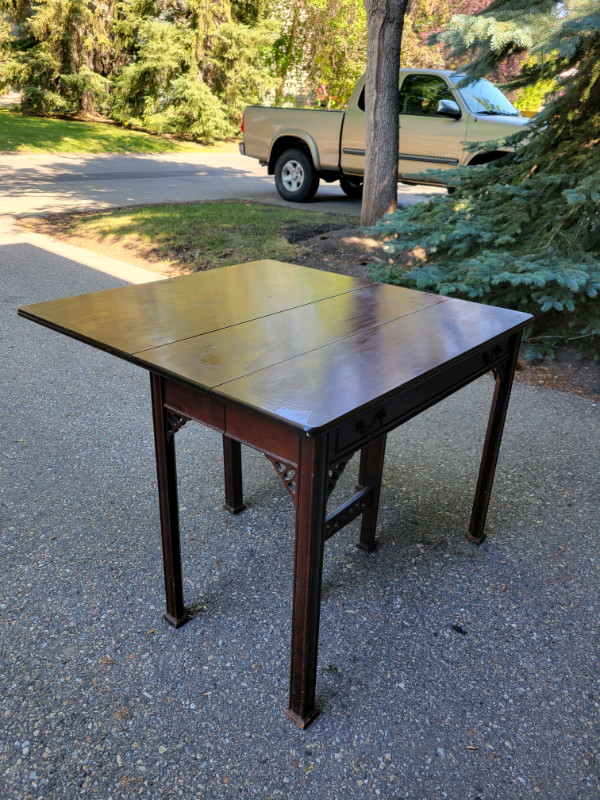
Power Apps introduced the Data table control on May 5, 2017. Therefore, you can link the Data table control to other controls. Like the Gallery control, the Data table control maintains a Selected property that points to the selected row.
3 PERSON TABLE SET ICON TOP VIEW FULL
As an app maker, you have full control over which fields appear and in what order. The Data table control shows a dataset in a format that includes column headers for each field that the control shows. This is also a way of rotating chores fairly among family members.Shows a set of data in a tabular format. You can keep children motivated by letting them change jobs from time to time. When choosing chores for teenagers, think of the skills you’d like them to learn. For example, teenagers could do the washing, clean the bathroom and toilet, prepare meals, stack the dishwasher or mow lawns. Teenagers can also take on more difficult chores. Teenagers can do the chores they did when they were younger, but they can be responsible for doing them on their own.

Here are some ideas for chores for children of different ages. Some families don’t link chores to pocket money, but might pay extra pocket money for extra chores. If you decide to pay pocket money for chores, explain chores clearly so there’s no confusion or bargaining about what needs to be done and when. But some families believe all family members have a responsibility to help and don’t give out pocket money for chores. Some children are motivated to do chores for pocket money. You can boost your child’s chances of success by explaining the job and telling your child they’re doing well. Plenty of encouragement keeps children interested in helping.
3 PERSON TABLE SET ICON TOP VIEW TV

talking about why it’s great that a particular job has been done.being clear about each person’s chores for the day or week – write them down so they’re easy to remember.doing the chore together until your child can do it on their own.You can motivate your child to get involved in chores by: Children over six years old can help decide which chores they’d prefer. This can reinforce the idea that the whole family contributes to how the household runs.

If your child is old enough, you can have a family discussion about chores. Jobs like these are likely to give your child a sense of responsibility and participation. A simple one is getting your child to help with setting or clearing the table. It’s also important to think about chores or tasks that get your child involved in caring for the family as a whole. Chores like this send the message that your child’s contribution is important. You can start with simple jobs like packing up toys. Chores that are too hard can be frustrating – or even dangerous – and chores that are too easy might be boring.Įven young children can help with chores if you choose activities that are right for their age. It’s best to start by choosing chores that work for children’s ages and abilities. This frees up time for the family to do fun things together. When children help out, chores get done sooner, and parents have less to do. Even if they don’t enjoy the chore, when they keep going they get the feeling of satisfaction that comes with finishing a task.Īnd sharing housework can also help families work better and reduce family stress. When children contribute to family life, it helps them feel competent and responsible. They learn skills they can use in their adult lives, like preparing meals, cleaning, organising and keeping a garden.īeing involved in chores also gives children experience of relationship skills like communicating clearly, negotiating, cooperating and working as a team. Household chores: good for children, good for your familyĬhildren can learn a lot from doing household chores.ĭoing chores helps children learn about what they need to do to care for themselves, a home and a family.


 0 kommentar(er)
0 kommentar(er)
